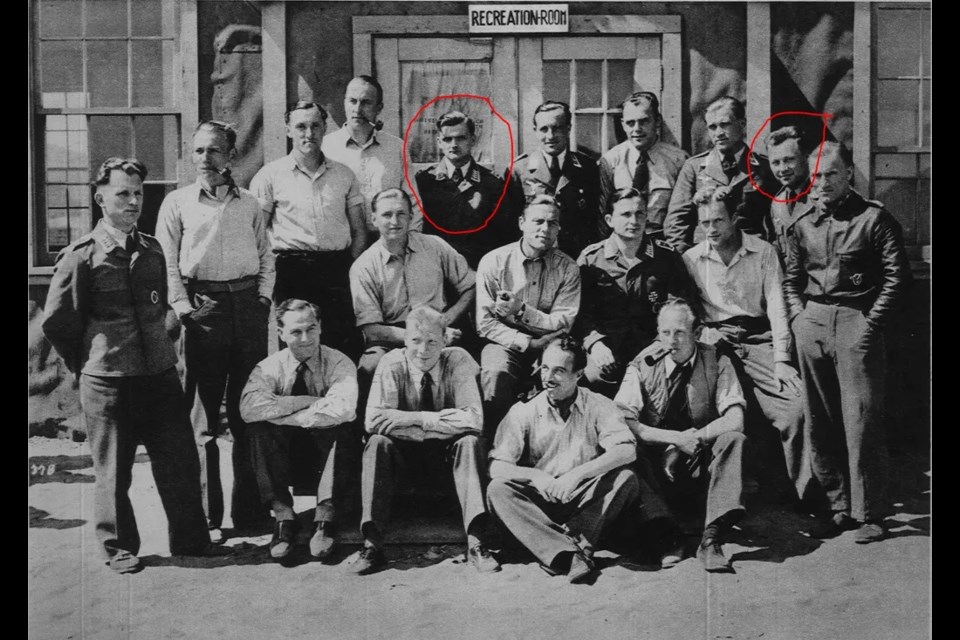MANITOUWADGE -- An exciting and interesting new podcast was launched this week by Manitouwadge resident, Bryce Dubé. ‘Our Backyard History’ can be found on YouTube and Spotify, and will feature stories and interviews about events and historical sites in and around North Western Ontario.
The first episode of the new podcast focuses on German prisoner of war (POW) and internment camps in North West Ontario, specifically the Angler Camp, located near the present-day town of Marathon, Ont. The podcast, which runs for over 45 minutes, features John Lavoie, a long-time history enthusiast and Manitouwadge Archival and Historical Society Museum volunteer.
John’s presentation takes a fascinating look at the Angler Camp and its residents. During the early stages of World War II, Canada agreed to house over 40,000 POWs in 26 major facilities, including camps in Red Rock, Monteith, Neys, Kingston and Angler.
Angler housed more than 500 German POWs during the war. The camps were extremely difficult to reach; the only way in was by train or by water, and the nearest towns were 250 miles away. Once there, the prisoners were treated far better than expected. They were self-sufficient; they had a commissary, a post office, tailors and other amenities. They were free to pursue hobbies and take correspondence courses. They were not forced to work if they chose not to, and were well fed.
Despite the hospitality shown to them, and in defiance of the remoteness of the camps, there were several prison breaks. One break was planned for April 20, 1941; Hitler’s birthday. They hoped to free more than 100 prisoners by digging a 150-foot-long tunnel from the barracks to the other side of the barbed wire fence, but, while exiting the tunnel, some of the men stumbled over discarded equipment and tools, and were heard by the guards. In the end, only 28 men were able to escape that day.
John describes some of the plans the prisoners had proposed. Some planned to escape by water, building canoes and kayaks to take them to the US or to Ste Saint Marie. Others walked through the bush and hopped on a train. Two of them made it all the way to Medicine Hat, Alberta, only to be discovered by Mounties and returned to Angler. Two others were killed in a shootout at a barn. All were accounted for within a week.
By 1943 the camp changed to an internment camp for Japanese civilians from the west coast of Canada, and was finally closed at the end of the war.
Bryce and John go on to discuss the geographical location of the camp and other significant sites, including the work camp at Amwri rapids, where POWs were sent to work as lumberjacks. The Angler historical site is mostly gone, but evidence of the former camp can still be seen on Google Earth. There is evidence of a graveyard; depressions in the earth show where the bodies of six POWs and Japanese internees were buried. These bodies were exhumed, and the German POWs were re-buried in one location near Kitchener, Ontario.
Manitouwadge Historical Society does occasional field trips to the site; contact the museum at (807) 826-3549 or through their Facebook page at https://www.facebook.com/ManitouwadgeMuseum/
You can take in the entire interview and photographs on Bryce’s ‘Boreal Adventure’ channel
